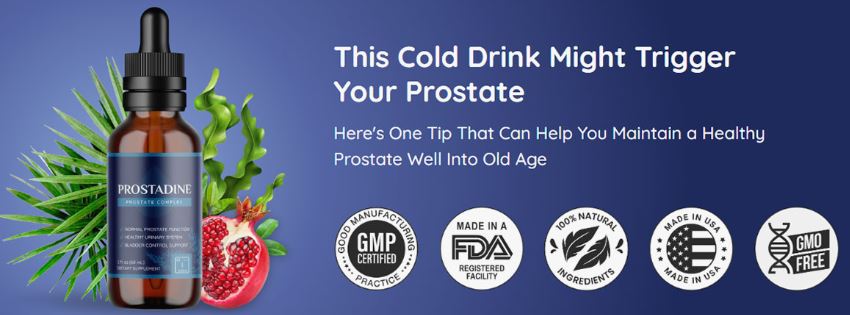Breaking Down Fatty Liver: Causes, Symptoms, and Treatment Options
The human liver is an essential organ tasked with numerous important functions, making it vital for the overall well-being of our bodies. However, the prevalence of liver diseases has been on the rise, with one of the most common conditions being fatty liver.
Fatty liver, also known as hepatic steatosis, is a condition characterized by the accumulation of excess fat within the liver cells. This excessive fat storage impairs liver function and can lead to more severe conditions such as liver inflammation, fibrosis, and even cirrhosis if left untreated.
There are two main types of fatty liver disease: alcoholic fatty liver disease (AFLD) and non-alcoholic fatty liver disease (NAFLD). AFLD is predominantly caused by excessive alcohol consumption, while NAFLD is associated with factors such as obesity, insulin resistance, diabetes, high blood pressure, high cholesterol, and unhealthy dietary patterns. NAFLD, in particular, has become increasingly prevalent due to the global obesity epidemic and sedentary lifestyles.
The symptoms of fatty liver can range from mild to severe, and in many cases, individuals may remain asymptomatic. However, common symptoms may include fatigue, weakness, unexplained weight loss or gain, abdominal discomfort, and jaundice (yellowing of the skin and eyes). It is important to note that these symptoms are not specific to fatty liver and can be indicative of various other conditions as well.
Diagnosis of fatty liver disease is usually based on a combination of medical history, physical examination, and laboratory tests. Blood tests can help determine liver function and the presence of any underlying conditions such as diabetes or high cholesterol. Imaging techniques such as ultrasound, computed tomography (CT), or magnetic resonance imaging (MRI) may be used to visualize the liver and assess the extent of fat accumulation.
When it comes to treatment options, the primary goal is to reduce or eliminate the underlying cause of fatty liver. For AFLD, the most effective treatment is abstaining from alcohol consumption. In cases of NAFLD, lifestyle modifications play a crucial role. This includes maintaining a healthy weight through regular exercise and balanced diet, limiting the intake of processed and sugary foods, managing underlying conditions such as diabetes and high cholesterol, and avoiding excessive alcohol consumption.
In more severe cases, where fibrosis or cirrhosis develops, additional interventions may be required. Medications targeting specific causes or symptoms of fatty liver, such as diabetes or high cholesterol, are often prescribed. However, it is crucial to consult a healthcare professional to determine the best course of action based on individual circumstances.
Prevention is always better than cure, and adopting a healthy lifestyle is key to preventing fatty liver disease. Regular exercise, a well-balanced diet rich in fruits, vegetables, lean proteins, and whole grains, and avoiding excessive alcohol consumption are all essential steps to maintain a healthy liver.
In conclusion, fatty liver is a growing concern, primarily driven by factors such as obesity and excessive alcohol consumption. Early detection and appropriate management are vital to prevent further liver damage and the development of complications. By prioritizing a healthy lifestyle, individuals can protect their liver and maintain optimal overall health. Remember, a healthy liver equals a healthy life.



